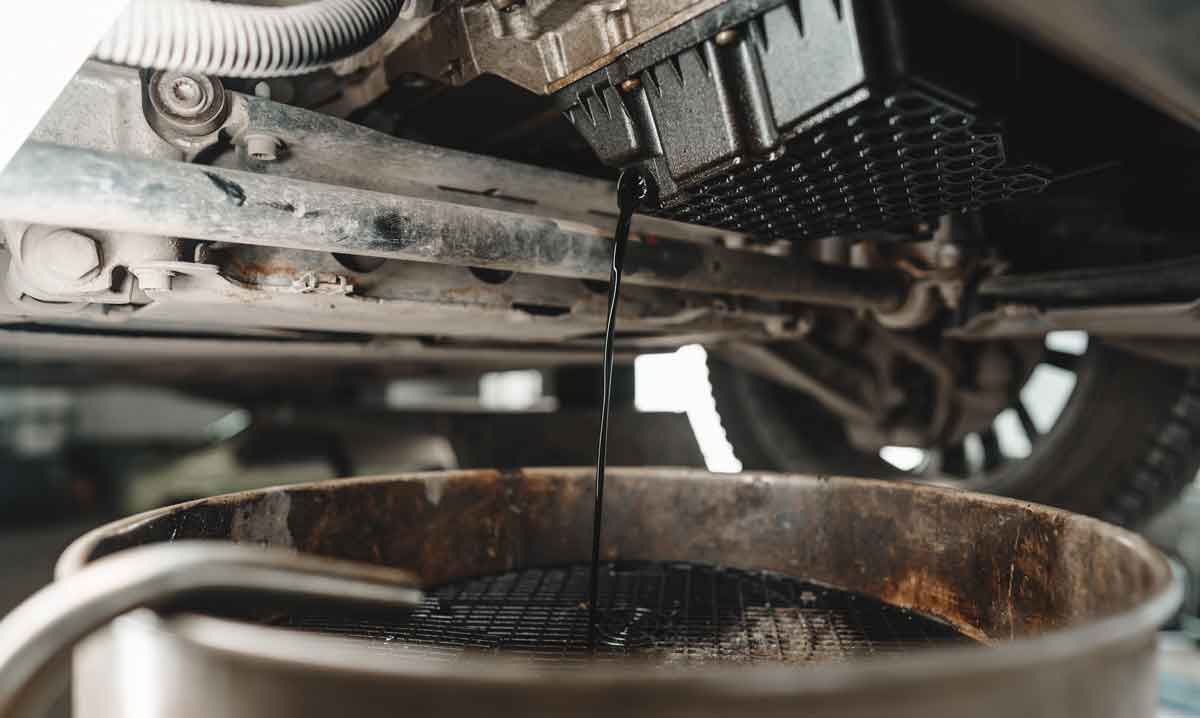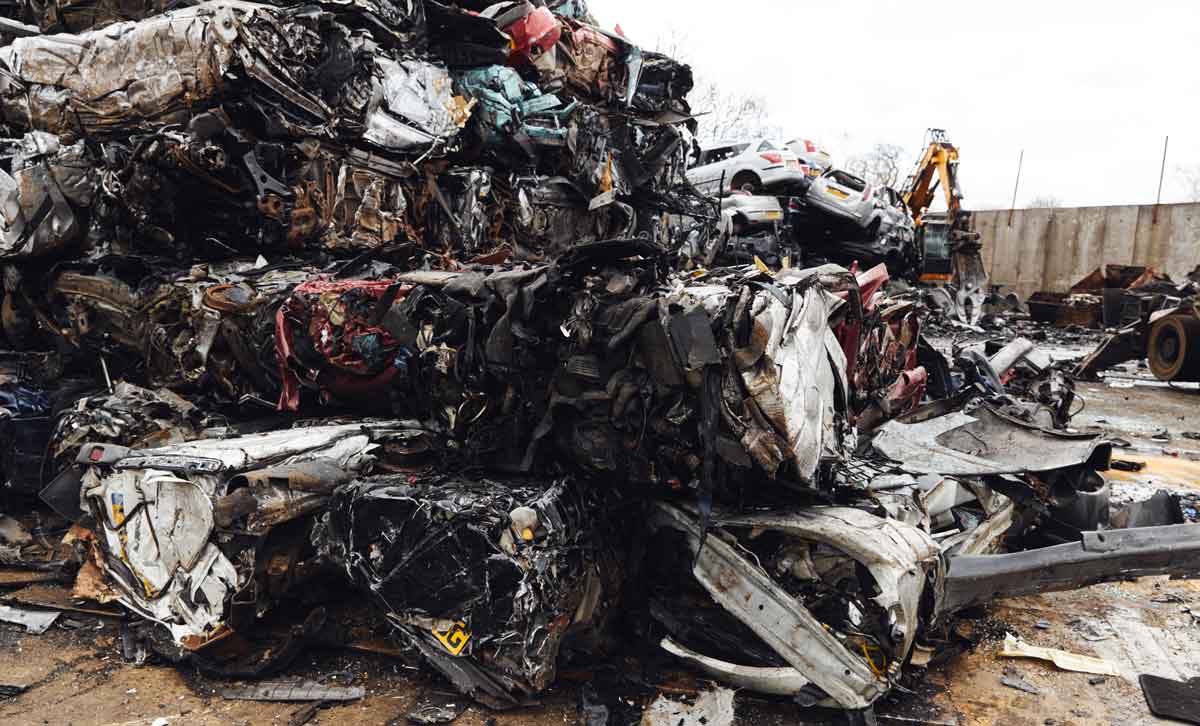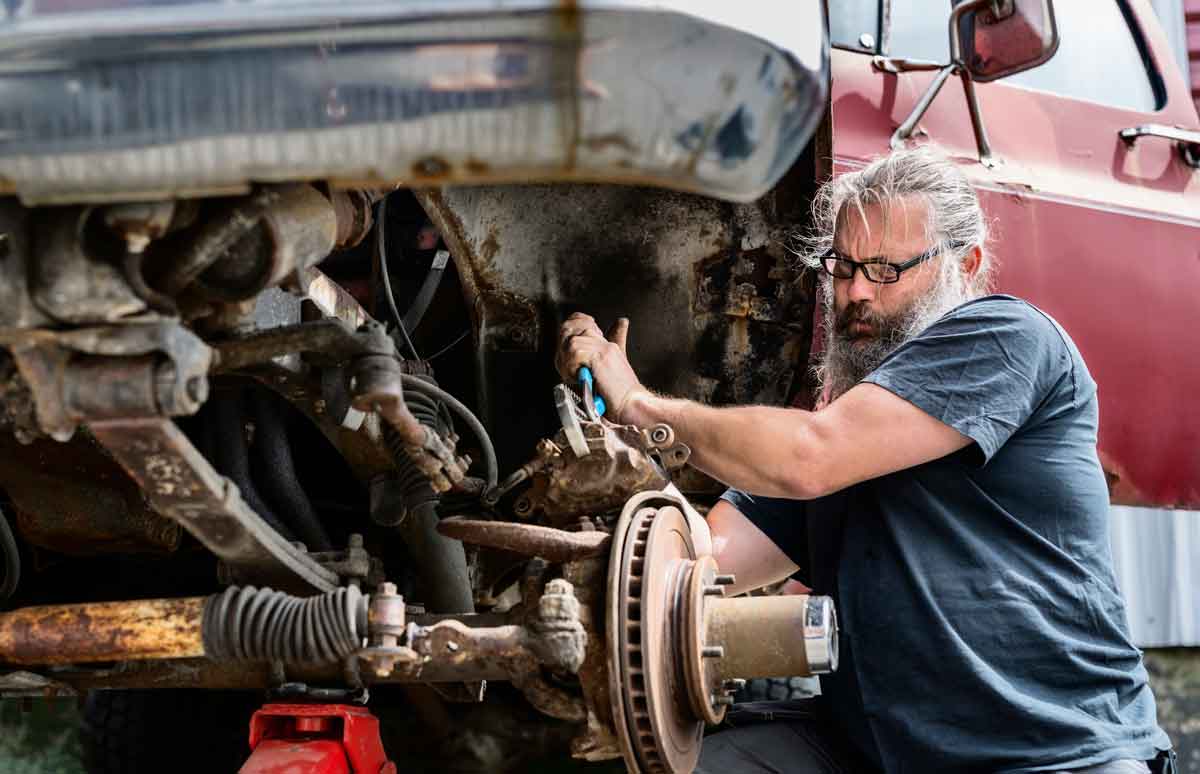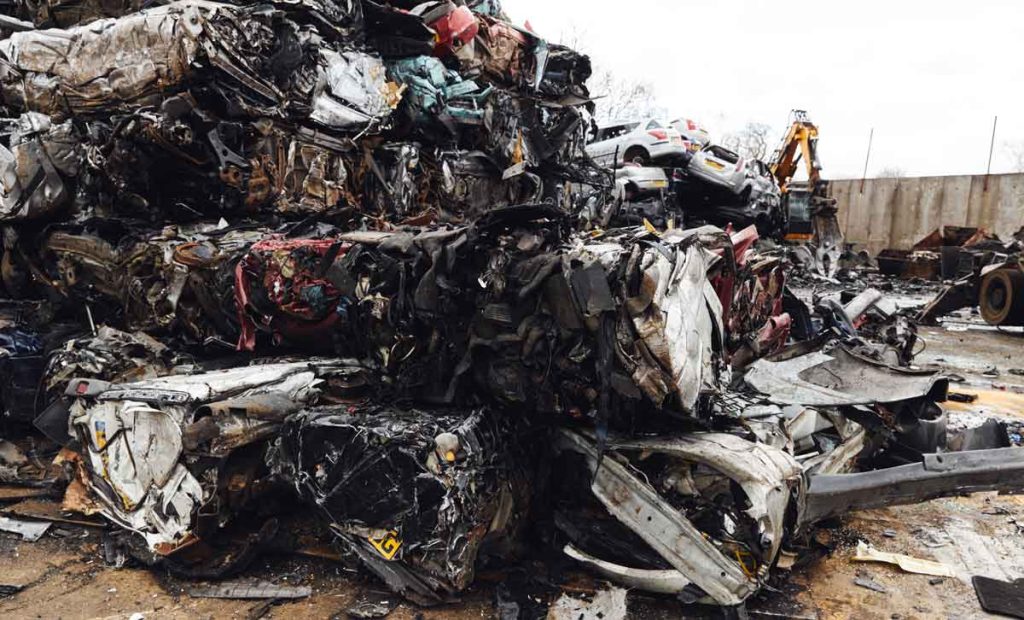When a car reaches the end of its life, it doesn’t just disappear. In fact, the auto recycling industry, which includes junkyards, salvage yards, and scrap yards near me, plays a crucial role in reducing waste and promoting a circular economy. Let’s explore how these facilities help give new life to old vehicles.

Draining and Recycling Fluids
The first step in the auto recycling process is to drain all the fluids from the vehicle, including oil, gas, coolant, and more. Junkyards ensure these potentially hazardous liquids are safely collected and either reused or properly disposed of, preventing contamination of soil and groundwater.
Harvesting Reusable Parts
Next, useful parts like alternators, mirrors, wheels and more are removed for resale. Buying used auto parts from a junkyard offers an affordable repair option while also reducing demand for new parts production, which consumes raw materials and energy. Junkyards test and sometimes refurbish parts to extend their useful life.Some of the most commonly recycled auto parts found in junkyards include:
- Motor oil
- Oil filters
- Batteries
- Tires
- Scrap metal
- Auto glass
- Engines and transmissions
- Catalytic converters

Recycling Scrap Metal
After parts removal, the vehicle’s frame is shredded and the metal recycled. The recycled steel and aluminum is used to make new vehicles as well as other products like appliances and construction materials. Using recycled metal reduces mining waste and emissions compared to refining virgin ore.
Approximately 86% of a vehicle’s material content is recycled, reused or used for energy recovery.
Supporting Reuse and Repair
By providing an inexpensive source for spare parts, junkyards make it more economical to repair older vehicles rather than scrap them. This keeps cars on the road longer, reducing the environmental impact of new vehicle production and end-of-life disposal.
Promoting Material Recirculation
Overall, the auto recycling industry reclaims and reuses a significant portion of the materials in old vehicles, embracing the circular economy model. Junkyards are a key component in this cyclical flow of materials.
Economic Benefits of Junkyards
In addition to their environmental contributions, junkyards also offer several economic benefits to the auto industry:
- Reducing manufacturing costs by providing recycled materials
- Supporting a circular economy that conserves resources
- Generating local economic activity and jobs
- Providing affordable repair options to extend vehicle lifespans
- Contributing to efficient waste management infrastructure

Creating Job Opportunities
Junkyards create job opportunities both directly at their own facilities and indirectly by supporting employment in linked industries like recycling, manufacturing, remanufacturing, and auto repair. Some ways they boost employment include:
- Hiring equipment operators, mechanics, inventory specialists, sales staff, and more
- Supplying recyclable materials to recycling facilities that employ workers
- Providing low-cost raw materials to manufacturers, supporting production jobs
- Selling parts to repair shops and remanufacturing businesses, sustaining service jobs
- Stimulating economic activity that supports jobs at local suppliers and service providers
In conclusion, from fluid recycling to parts harvesting to metal reclamation, junkyards and auto recyclers play an essential role in reducing waste and boosting circularity in the automotive industry. By supporting repair, reuse, and recycling, these facilities keep materials in use longer and reduce the environmental toll of the mining, refining, and manufacturing processes required to make new vehicles and parts. The next time you need an affordable auto part, consider visiting your local junkyard to take part in the circular economy. You’ll be supporting an industry that conserves resources, reduces waste, and creates jobs – all while saving money on your car repairs.
